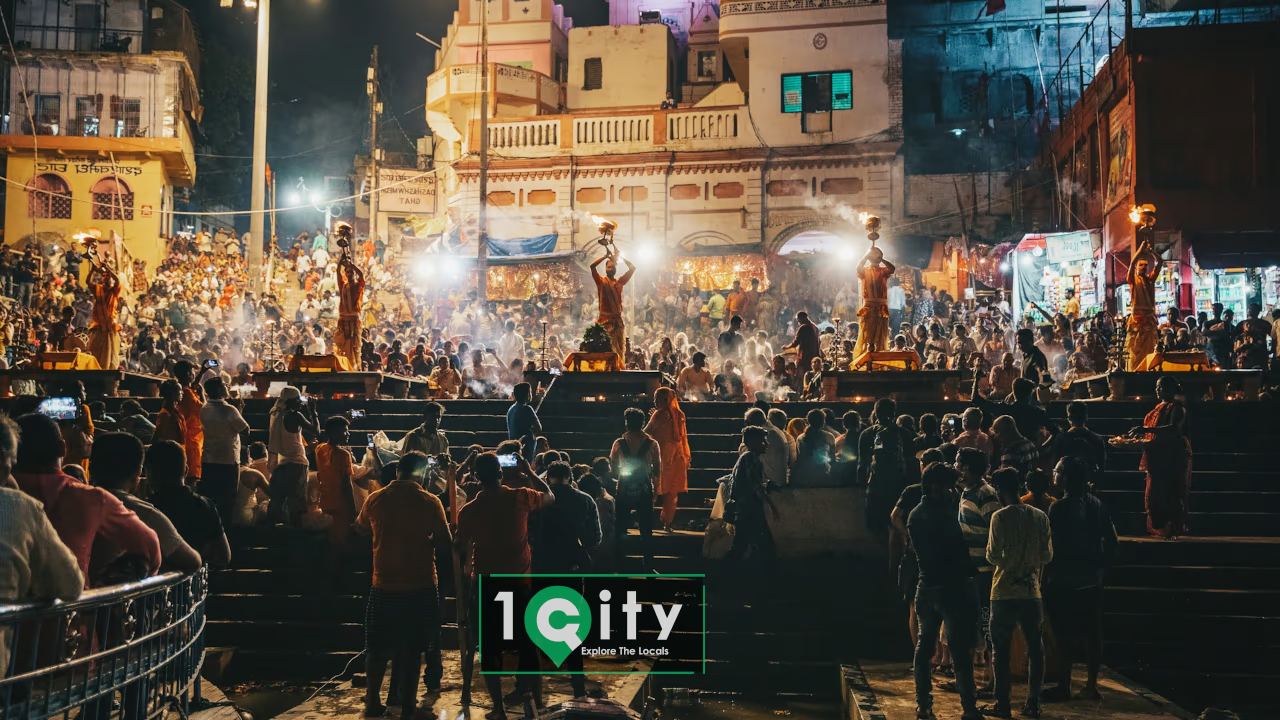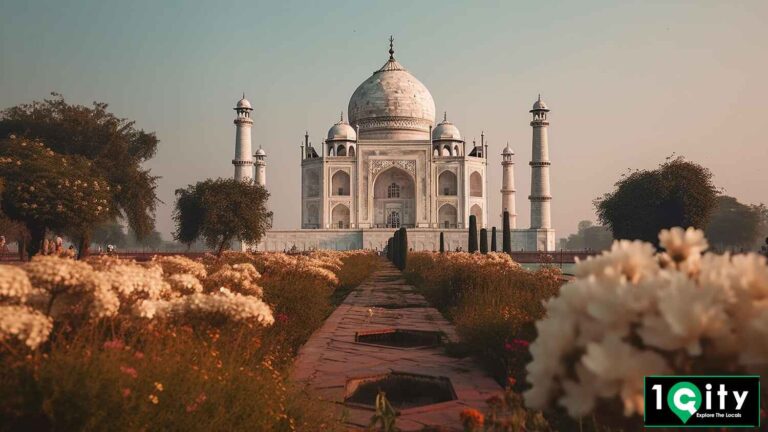Top Attractions in Varanasi: 10 Must-See Places for Every Traveler
Varanasi, one of the oldest continuously inhabited cities in the world, is a city that vibrates with the energy of spirituality and history. Known as the spiritual capital of India, Varanasi is a pilgrimage site for Hindus who believe that dying here and getting cremated along the Ganges River liberates the soul from the cycle of reincarnation. Whether you’re a spiritual seeker, a photographer, or just a traveler looking to explore India’s rich culture, Varanasi offers a plethora of unforgettable experiences. Here’s a detailed guide to the top attractions in Varanasi that you must see.
1. Kashi Vishwanath Temple
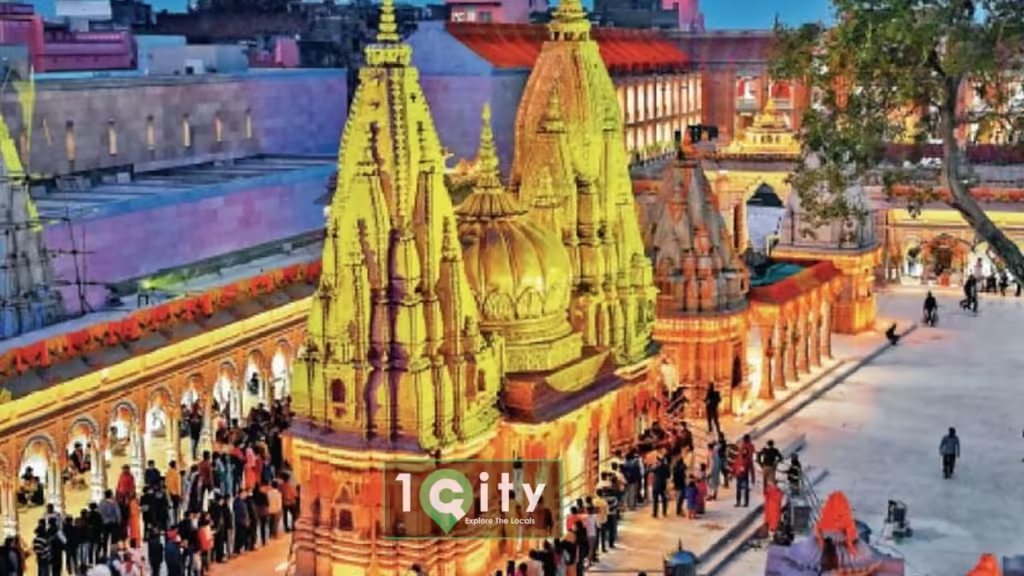
One of the most famous Hindu temples in Varanasi, the Kashi Vishwanath Temple is dedicated to Lord Shiva. It is one of the twelve Jyotirlingas, the holiest of Shiva temples. The temple’s gold-plated spire and the spiritual atmosphere attract millions of pilgrims and tourists each year. Visiting this temple is a deeply spiritual experience, and it’s one of the top attractions in Varanasi that you shouldn’t miss.
2. Dashashwamedh Ghat
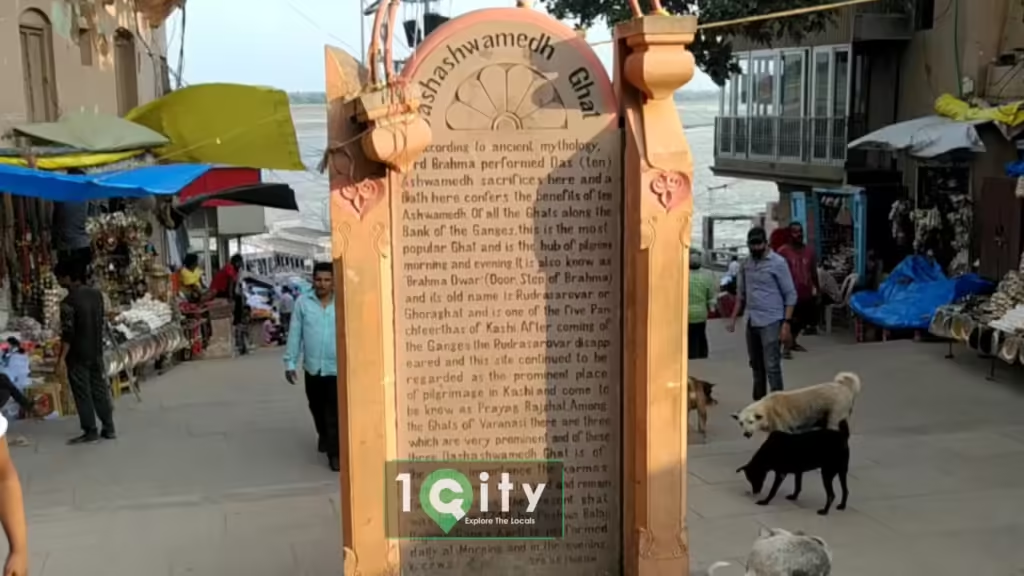
Among the many Ghats of Varanasi, Dashashwamedh Ghat stands out for its vibrant evening Aarti ceremony. The ghat comes alive every evening with priests performing rituals accompanied by chants, music, and the mesmerizing sight of thousands of floating diyas (lamps) on the Ganges River. This spiritual spectacle is one of the must-see attractions in Varanasi and a highlight for any visitor.
3. Manikarnika Ghat
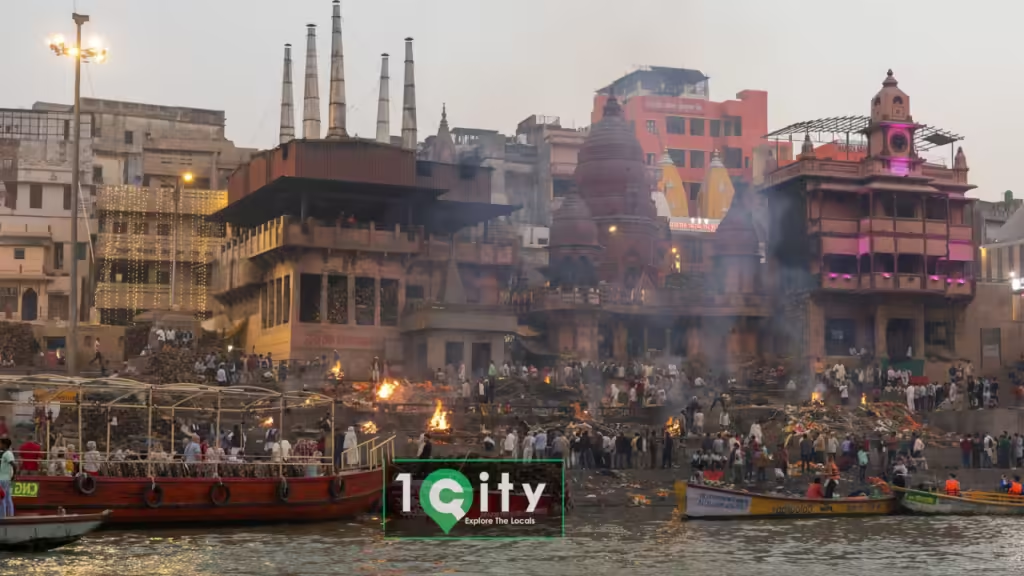
Known as one of the most sacred ghats in Varanasi, Manikarnika Ghat is where cremation rituals take place. The ghat is a significant site for Hindus who believe that being cremated here grants moksha (liberation from the cycle of rebirth). While it might be overwhelming for some, witnessing the cremation rituals at Manikarnika Ghat offers profound insights into Hindu beliefs about life and death.
4. Sarnath
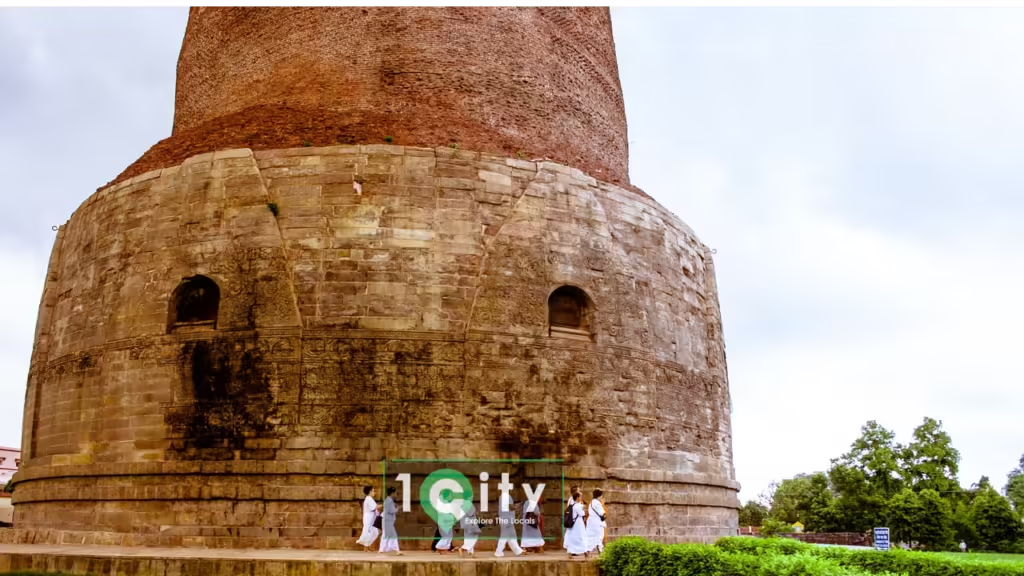
Just a short drive from Varanasi, Sarnath is one of the most important Buddhist pilgrimage sites in the world. It is here that Buddha delivered his first sermon after attaining enlightenment. The serene environment of Sarnath, with its ancient stupas, the Dhamek Stupa, and the Ashoka Pillar, makes it an essential part of Varanasi sightseeing. The archaeological museum here houses an impressive collection of artifacts, including the famous Lion Capital of Ashoka.
5. Banaras Hindu University (BHU)
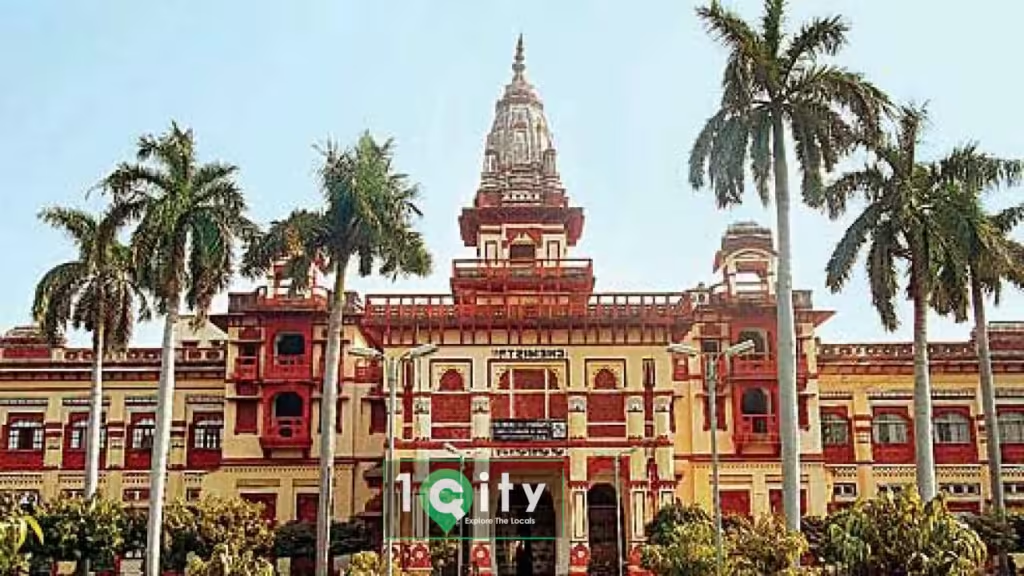
Established in 1916, Banaras Hindu University is not just an educational institution but also a cultural and historical landmark. The sprawling campus is home to the Bharat Kala Bhavan Museum, which showcases a rich collection of Indian art, including paintings, sculptures, and textiles. The university’s serene environment makes it a great place for a leisurely stroll, and it is one of the best places to see in Varanasi for those interested in academia and culture.
6. Ramnagar Fort

Located on the eastern bank of the Ganges, the Ramnagar Fort is a historical attraction that offers a glimpse into the royal past of Varanasi. Built in the 18th century, the fort houses a museum with an eclectic collection of vintage cars, medieval costumes, and a vast array of armouries. The fort’s picturesque location overlooking the Ganges River makes it a favourite spot for photographers and history enthusiasts.
7. Assi Ghat
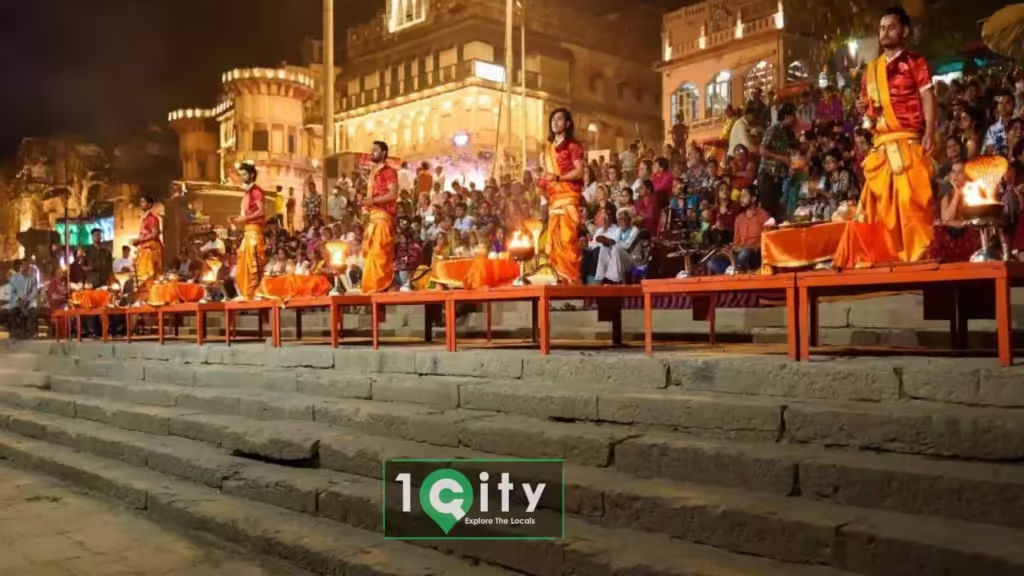
Assi Ghat is a popular spot for both locals and tourists, especially known for its tranquil ambiance and cultural activities. It’s the southernmost ghat in Varanasi and a great place to start your day with a yoga session or a peaceful boat ride on the Ganges. Assi Ghat also hosts a daily morning Aarti, which is less crowded than the one at Dashashwamedh Ghat but equally enchanting.
8. Ganges Boat Ride
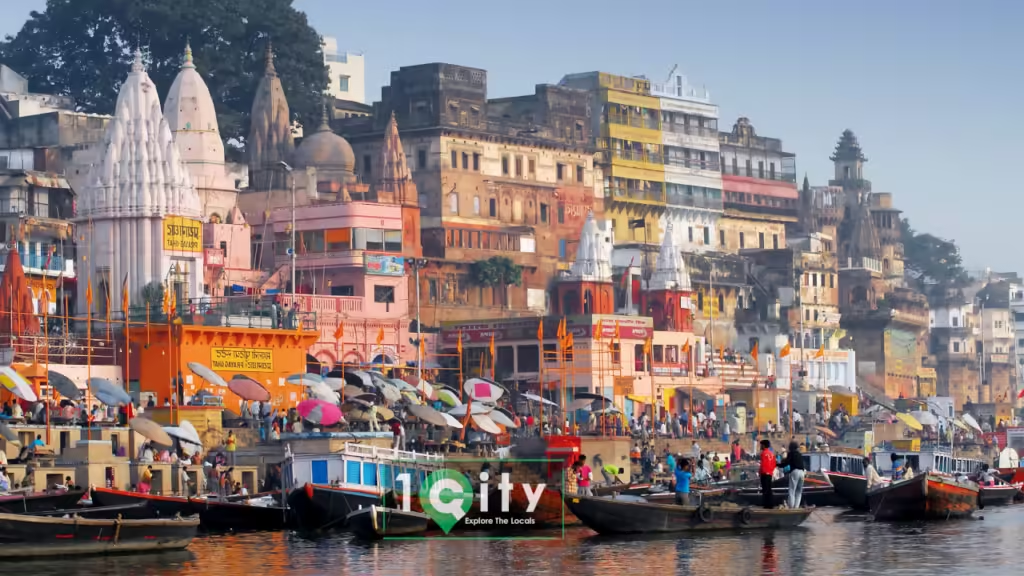
No visit to Varanasi is complete without a boat ride on the Ganges River. Early morning boat rides offer a stunning view of the ghats and temples bathed in the soft light of dawn. It’s a peaceful way to experience the city’s spiritual aura and witness daily rituals performed along the river. The boat ride is one of the top experiences in Varanasi that provides unique photographic opportunities.
9. Varanasi Silk Sarees

Varanasi is renowned for its exquisite silk sarees, which are a testament to the city’s rich textile heritage. Visiting a silk weaving workshop offers a fascinating insight into the intricate process of making these beautiful sarees. Whether you’re looking to buy a souvenir or just learn about the craft, exploring the silk saree shops in Varanasi is a delightful experience.
10. Bharat Mata Temple
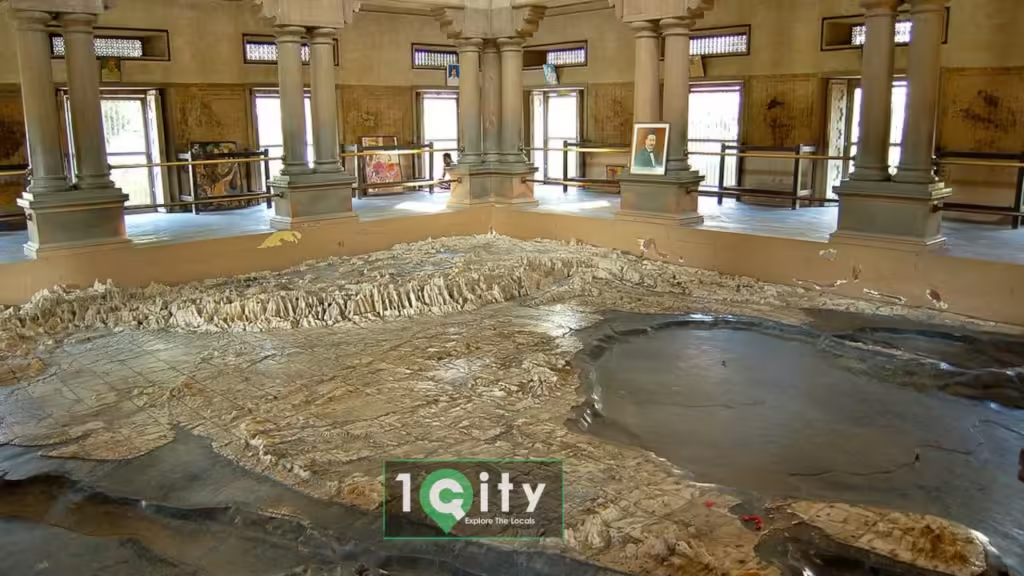
Unlike other temples in Varanasi, the Bharat Mata Temple is unique as it is dedicated to Mother India. The temple features a large relief map of India carved out of marble. This map depicts the mountains, plains, and oceans of India in three-dimensional detail. It’s a place that inspires patriotism and offers a unique perspective on the nation’s geography.
Conclusion
Varanasi, with its deep spiritual significance and rich cultural heritage, offers a wide array of attractions that cater to all kinds of travelers. From the sacred Hindu temples and ghats to the serene Buddhist sites and vibrant cultural experiences, there’s no shortage of things to do in Varanasi. Whether you’re exploring the hidden gems of Varanasi or embarking on day trips from Varanasi, each moment in this ancient city is unforgettable.
As you plan your visit, remember that the best places to see in Varanasi are not just about the famous landmarks but also about immersing yourself in the city’s unique atmosphere. Take time to walk along the ghats, participate in an Aarti ceremony, or simply watch life unfold by the Ganges River. Varanasi is not just a destination; it’s an experience that stays with you long after you’ve left.
So pack your bags and get ready to explore the top attractions in Varanasi. This city, with its timeless charm and spiritual essence, is waiting to offer you an unforgettable journey into the heart of India.
FAQ: Top Attractions in Varanasi
-
What is the best time to visit Varanasi?
The best time to visit Varanasi is during the winter months, from October to March, when the weather is cool and pleasant. This period is ideal for sightseeing and enjoying outdoor activities.
-
How can I reach Varanasi?
Varanasi is well-connected by air, rail, and road. The Lal Bahadur Shastri International Airport serves both domestic and international flights. Varanasi Junction is a major railway station with trains connecting to various parts of India. There are also regular bus services from nearby cities.
-
What should I wear while visiting Varanasi?
Varanasi is a conservative and spiritual city, so it’s recommended to dress modestly, especially when visiting temples and ghats. Comfortable clothing that covers shoulders and knees is appropriate. A scarf or shawl can be useful for entering temples.
-
Are there any specific customs or etiquette I should be aware of?
Yes, it’s important to respect local customs and traditions. Remove your shoes before entering temples, avoid public displays of affection, and seek permission before taking photographs of people, especially during religious ceremonies and at the ghats.
-
Can I participate in the Ganga Aarti ceremony?
Yes, visitors are welcome to attend and participate in the Ganga Aarti ceremony. The most popular Aarti takes place at Dashashwamedh Ghat every evening. Arrive early to secure a good spot, as it can get quite crowded.
-
Is it safe to take a boat ride on the Ganges River?
Yes, boat rides on the Ganges River are generally safe. It’s best to hire a boat through a reputable service. Early morning and evening rides offer the best experiences, with stunning views of the ghats and cityscape.
-
What are some good souvenirs to buy in Varanasi?
Varanasi is famous for its silk sarees, handcrafted textiles, and brassware. Other popular souvenirs include wooden toys, religious idols, and Banarasi paan (a traditional betel leaf preparation).
-
Are there any good restaurants in Varanasi?
Varanasi offers a range of dining options, from street food to fine dining. Don’t miss trying local delicacies like kachori sabzi, chaat, and Banarasi lassi. There are also several cafes and restaurants offering international cuisine.
-
What are some off-the-beaten-path attractions in Varanasi?
While the main attractions are well-known, there are several hidden gems in Varanasi. Visit the lesser-known ghats, explore the narrow alleys of the old city, or take a day trip to nearby places like Chunar Fort or the Rajdari and Devdari Waterfalls.
-
How many days should I spend in Varanasi?
A stay of 2-3 days is ideal to explore the main attractions of Varanasi. However, if you wish to experience the city at a leisurely pace, immerse yourself in the culture, and take a few day trips, a week-long stay would be more suitable.
-
Is Varanasi suitable for solo travelers?
Yes, Varanasi is a popular destination for solo travelers. The city is relatively safe, and there are plenty of budget-friendly accommodations and activities. However, like any other place, it’s important to stay vigilant and take standard travel precautions.
-
What should I know about the cremation rituals at Manikarnika Ghat?
Manikarnika Ghat is a significant site for Hindu cremations. Visitors can observe the rituals from a respectful distance. It’s important to be sensitive and discreet, avoiding intrusive photography and maintaining a respectful behaviour.
These FAQs cover essential information and common queries about visiting Varanasi and will help you plan your trips more effectively, ensuring you have a memorable and respectful experience.
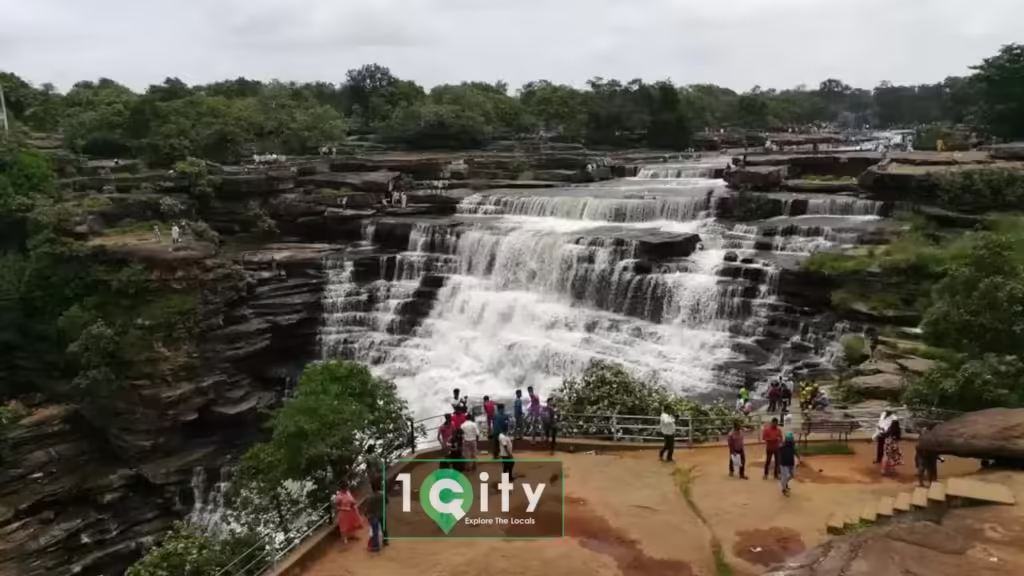
Citations and References
- Kashi Vishwanath Temple:
- Kashi Vishwanath Temple Official Website
- Singh, Rana. “Banaras: Making of India’s Heritage City.” Cambridge Scholars Publishing, 2009.
- Dashashwamedh Ghat:
- Ganga Aarti Ceremony
- Eck, Diana L. “Banaras, City of Light.” Columbia University Press, 1999.
- Manikarnika Ghat:
- Manikarnika Ghat Cremation Rituals
- Parry, Jonathan P. “Death in Banaras.” Cambridge University Press, 1994.
- Sarnath:
- Sarnath Archaeological Site
- Beal, Samuel. “Buddhist Records of the Western World.” Trübner & Co., 1884.
- Banaras Hindu University (BHU):
- Banaras Hindu University Official Website
- Rüegg, Walter. “A History of the University in Europe: Volume 4, Universities since 1945.” Cambridge University Press, 2011.
- Ramnagar Fort:
- Ramnagar Fort Information
- Smith, George. “The Story of Ramnagar.” Journal of the Royal Asiatic Society, 1904.
- Assi Ghat:
- Assi Ghat Yoga and Aarti
- Kumar, Nita. “The Artisans of Banaras: Popular Culture and Identity, 1880-1986.” Princeton University Press, 1992.
- Ganges Boat Ride:
- Ganges River Boat Rides
- Lutgendorf, Philip. “The Life of a Text: Performing the Ramcaritmanas of Tulsidas.” University of California Press, 1991.
- Varanasi Silk Sarees:
- Varanasi Silk Weaving
- Jain, Jyotindra. “Handloom and Handicrafts: India’s Textiles in the World Market.” Marg Publications, 1990.
- Bharat Mata Temple:
- Bharat Mata Temple
- Michell, George. “The Hindu Temple: An Introduction to Its Meaning and Forms.” University of Chicago Press, 1988.
Additional References for Local Culture and History
- Hawley, John Stratton, and Vasudha Narayanan. “The Life of Hinduism.” University of California Press, 2006.
- Winternitz, Moriz. “History of Indian Literature.” Oriental Books Reprint Corporation, 1981.
- Thapar, Romila. “A History of India: Volume 1.” Penguin Books, 1966.

